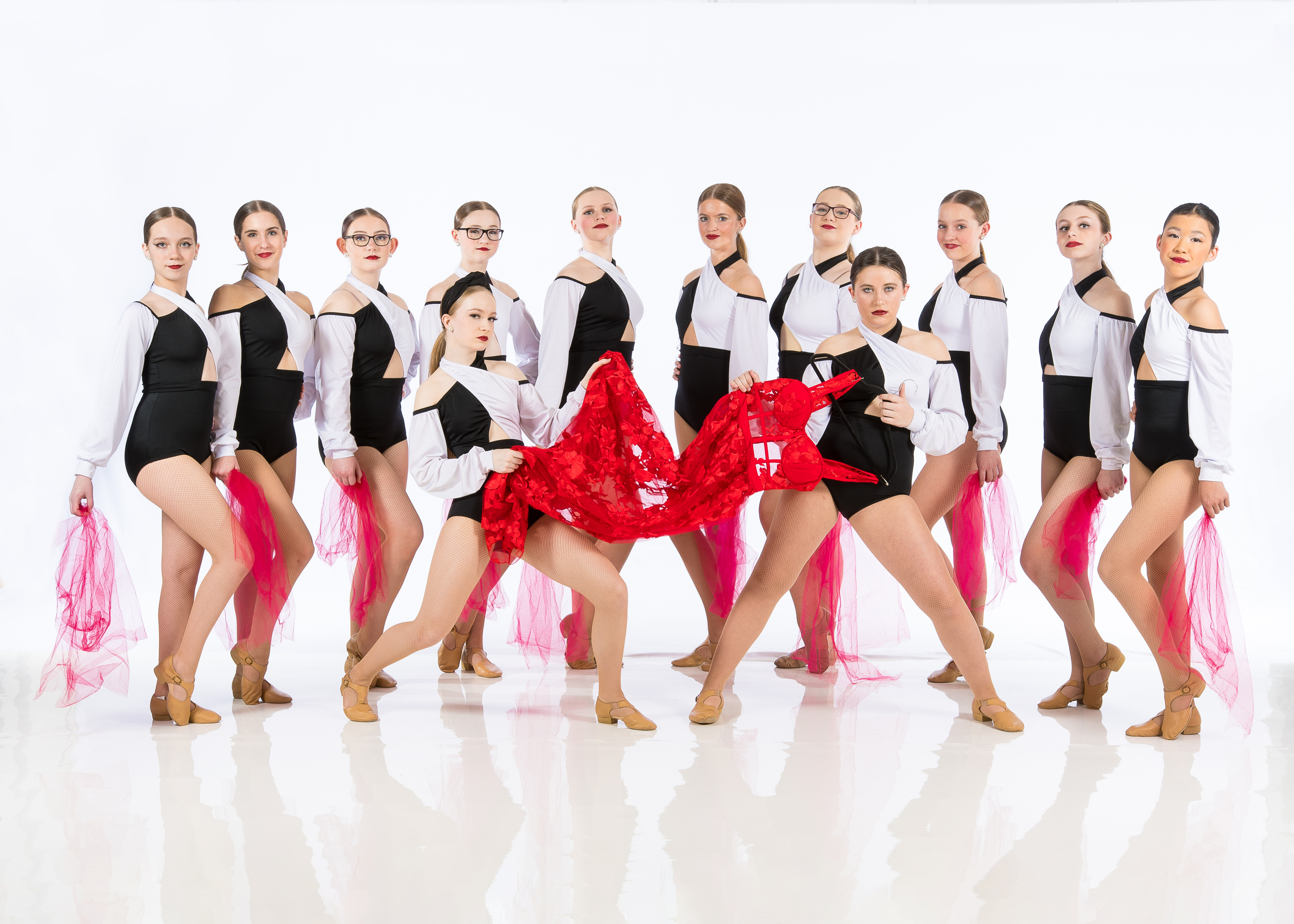Introduction
Dancing is not just a form of expression; it's therapy, exercise, and a way to connect with oneself and others. Whether you’ve always wanted to learn the tango, hip-hop, ballet, or salsa, joining a dance academy can be an exhilarating journey. This guide serves as your roadmap, offering detailed steps on how to join a dance academy as an adult. From choosing the right academy to preparing for your first class, we’ll cover it all.
A Step-by-Step Guide to Joining a Dance Academy as an Adult
Joining a dance academy as an adult may seem daunting at first, but it opens doors to new experiences and friendships. Here’s how you can smoothly navigate this process.

1. Understanding Your Why: What Motivates You?
Before plunging into the world of dance, it’s crucial to understand your motivations. Are you looking to improve your fitness? Do you want to learn a new skill or find a creative outlet?
- Fitness: Dance is an incredible way to stay fit without it feeling like work. Social Interaction: Many people join dance academies for the community aspect. Skill Development: Perhaps you've always dreamed of being able to twirl across the floor.
The reason behind your decision will guide your choice of classes and academies.
2. Researching Dance Styles
Dancing comes in various styles—each with its own culture and techniques. Here are some popular options:
| Style | Description | |--------------|---------------------------------------------------| | Ballet | Classical style focusing on technique and grace | | Jazz | Energetic style infused with improvisation | | Hip-Hop | Street-style dancing that’s vibrant and lively | | Salsa | Latin dance known for its rhythm and partner work |
Which style resonates most with you?
3. Finding the Right Dance Academy
Once you've narrowed down your preferred dance style, it’s time to look for suitable dance academies in your area.
- Location Matters: Choose an academy close to home or work for convenience. Reviews and Recommendations: Look up reviews online or ask friends who have danced before. Visit Multiple Academies: If possible, attend trial classes at different schools.
4. Assessing Credentials and Experience
Not all dance academies offer the same level of expertise. Investigate:
- The qualifications of instructors The reputation of the academy Any affiliations with larger dance organizations
This step ensures you're learning from seasoned professionals in a supportive environment.
5. Understanding Class Structure
Classes vary widely in their structure:
- Beginner vs. Advanced Classes: Make sure you're enrolling in classes that match your current skill level. Class Size: Smaller classes often provide more personal attention. Curriculum Focus: Some academies focus on performance while others prioritize technique.
What kind of learning environment suits you best?
6. Financial Considerations: Budgeting for Your Passion
Dancing can require financial investment—from tuition fees to gear:
Estimated Costs:
| Expense | Approximate Cost | |-------------------|--------------------| | Monthly Tuition | $100 - $300 | | Dance Shoes | $50 - $150 | | Attire | $30 - $80 |
Creating a budget helps ensure that you won’t face financial strain while pursuing this passion.
7. Preparing Physically: Getting Fit for Dance Classes
Before starting classes, consider prepping physically:
- Incorporate stretching routines into your daily life. Engage in cardiovascular exercises like jogging or swimming.
This preparation will enhance both endurance and flexibility when you start dancing.
8. Choosing the Right Gear: What Do You Need?
Investing in proper dance gear is key for comfort and safety:
Research specific requirements based on your chosen style (e.g., ballet shoes vs. sneakers). Consider investing in attire that allows freedom of movement.Where can you find affordable yet quality gear?
9. Mental Preparation: Overcoming Anxiety Before Your First Class
Feeling nervous about stepping onto the dance floor is common—especially if you're joining as an adult among younger dancers:
Tips for Easing Anxiety:
- Visualize yourself dancing confidently. Remind yourself that everyone was once a beginner.
Building mental resilience will help ease pre-class jitters!
10. What to Expect During Your First Class?
Your first day can be filled with excitement mixed with nerves!
Expectations include:
An introduction from the instructor. A warm-up session followed by fundamental steps. Time allotted for questions—don’t hesitate to ask!Being prepared will More help make your experience smoother.
Frequently Asked Questions (FAQs)
1. What age is too late to start dancing?
Absolutely no age is too late! Many adults begin dancing in their 30s, 40s, or even later.
2. Do I need prior experience before joining?
Not at all! Most adult classes cater specifically to beginners without any prior experience.
3. How often should I practice outside of class?
Try practicing at least twice a week at home alongside attending scheduled classes for best results!
4. Can I take multiple styles at once?
Yes! Many people find joy in exploring various styles simultaneously; however, ensure it doesn’t overwhelm you.
5. Is there competition involved?
It depends on the academy! Some offer competitive teams while others focus solely on recreational dancing.
Conclusion
Embarking on this journey towards joining a dance academy as an adult can be transformative—not just physically but emotionally too! Each step along this path presents opportunities for growth and connection with others who share similar passions.
Whether you're looking at it as just another hobby or considering diving deeper into advanced levels, remember that every dancer started somewhere! With determination and enthusiasm, you'll find yourself not only learning choreography but also enjoying every beat of life through the art of dance.
So lace up those shoes—it’s time to take center stage!